After being freed from a Vietnamese war prison, French Lt. Col. Pierre Raspeguy is sent to help quell resistance forces in Algeria. With the help of the Capt. Esclavier, who […]
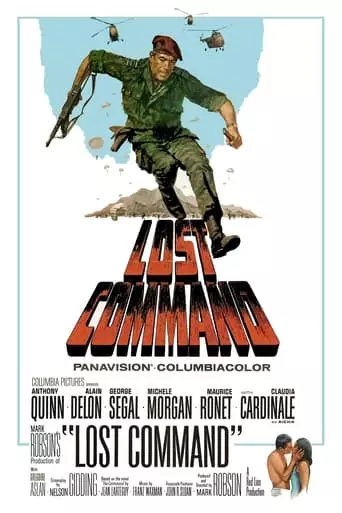
After being freed from a Vietnamese war prison, French Lt. Col. Pierre Raspeguy is sent to help quell resistance forces in Algeria. With the help of the Capt. Esclavier, who […]
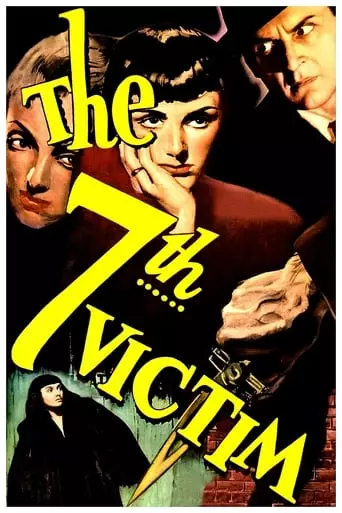
A woman in search of her missing sister uncovers a Satanic cult in New York’s Greenwich Village and finds that they could have something to do with her sibling’s random […]
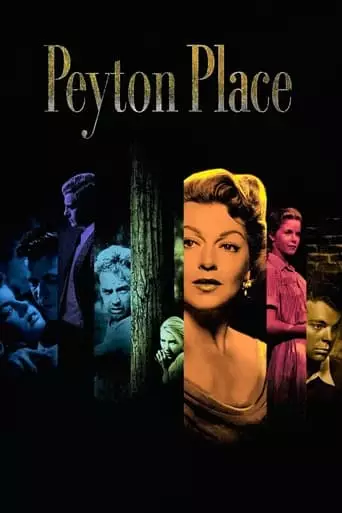
In the outwardly respectable New England community of Peyton Place, shopkeeper Constance McKenzie tries to make up for a past indiscretion — which resulted in her illegitimate daughter Allison — […]
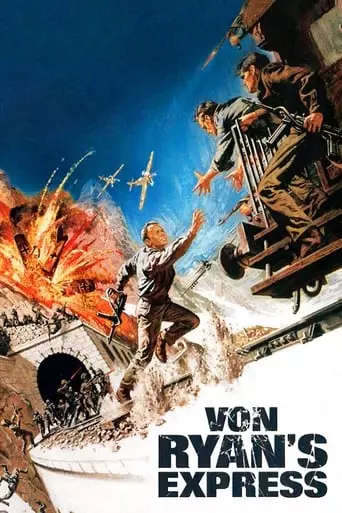
Von Ryan’s Express stars Frank Sinatra as a POW colonel who leads a daring escape from WWII Italy by taking over a freight train, but he has to win over […]
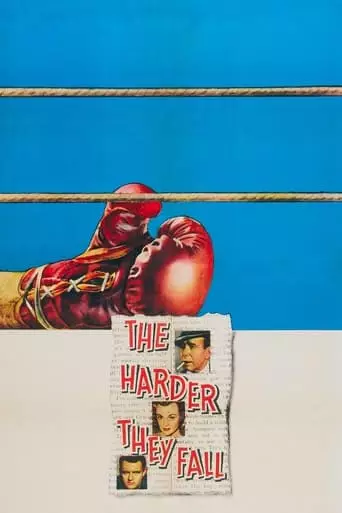
Jobless sportswriter Eddie Willis is hired by corrupt fight promoter Nick Benko to promote his current protégé, an unknown Argentinian boxer named Toro Moreno. Although Moreno is a hulking giant, […]
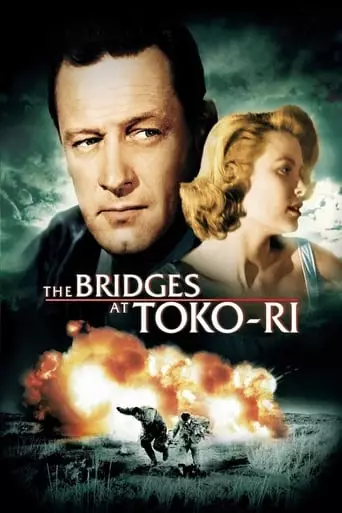
A naval aviator is assigned to bomb a group of heavily defended bridges during the Korean War. The Bridges at Toko-Ri is a 1954 American war film directed by Mark […]
Mark Robson: A Master of Hollywood’s Golden Era and Beyond
Mark Robson, a Canadian-American director, left an indelible mark on Hollywood cinema with his remarkable ability to navigate diverse genres and create films that resonated with audiences and critics alike. From atmospheric horror to gripping dramas and large-scale disaster films, Robson’s career showcased his versatility and craftsmanship, earning him a reputation as one of the most reliable directors of his time.
Early Life and Career Beginnings
Mark Robson was born on December 4, 1913, in Montreal, Canada. After completing his education at the University of California, Los Angeles (UCLA), where he studied political science and law, Robson transitioned into the film industry. He began his career in Hollywood as an assistant editor at RKO Pictures in the 1930s, eventually working his way up to become an editor on several notable films.
Robson’s early collaboration with producer Val Lewton at RKO proved pivotal. Lewton, known for his low-budget yet artistically rich horror films, provided Robson with an opportunity to hone his skills in creating suspense and atmosphere. Robson edited iconic films like Cat People (1942) and I Walked with a Zombie (1943), experiences that would profoundly influence his later directorial work.
Directorial Breakthrough with Val Lewton
Robson made his directorial debut under Val Lewton’s mentorship with The Seventh Victim (1943), a chilling psychological horror film. The story, centered on a young woman uncovering her sister’s involvement with a secretive cult, was praised for its eerie atmosphere and existential themes.
He followed this with The Ghost Ship (1943), another atmospheric horror that explored paranoia and isolation. These films established Robson as a director capable of creating tension and intrigue on modest budgets.
Rise to Prominence
Champion (1949)
Robson’s major breakthrough came with Champion, a gritty boxing drama starring Kirk Douglas in a career-defining role. The film delves into the moral compromises and personal sacrifices of a boxer’s rise to fame. Robson’s direction, combined with Douglas’s powerful performance, earned the film six Academy Award nominations, including Best Director for Robson.
Home of the Brave (1949)
This war drama tackled themes of racism and camaraderie among soldiers, marking one of Hollywood’s early attempts to address racial issues. Robson’s sensitive handling of the material earned critical acclaim and further cemented his reputation as a director unafraid to tackle complex social issues.
Mastering Melodrama and Large-Scale Productions
Peyton Place (1957)
One of Robson’s most celebrated films, Peyton Place, adapted from Grace Metalious’s scandalous novel, explores the hidden lives and moral hypocrisies of a small New England town. The film’s mature themes, including sexual abuse and social stigma, were handled with remarkable nuance. It became a massive box-office success and earned nine Academy Award nominations, including Best Director for Robson.
The Inn of the Sixth Happiness (1958)
This epic drama, starring Ingrid Bergman, tells the inspiring true story of a British missionary in China. Robson’s direction brought grandeur and emotional depth to the narrative, earning the film widespread acclaim and solidifying his ability to handle large-scale productions.
Exploring New Frontiers: Disaster Films and Thrillers
Von Ryan’s Express (1965)
A World War II action film starring Frank Sinatra, Von Ryan’s Express follows a group of Allied prisoners escaping from Nazi captivity. Robson’s direction delivered a thrilling, fast-paced adventure that became a commercial success and showcased his skill in action-oriented storytelling.
Earthquake (1974)
Robson entered the burgeoning disaster film genre with Earthquake, a blockbuster featuring Charlton Heston and Ava Gardner. The film, which used groundbreaking “Sensurround” technology to simulate the tremors of a massive quake, became a box-office sensation. Robson’s ability to balance spectacle with human drama contributed to its enduring popularity.
Directorial Style and Legacy
Mark Robson’s films are characterized by:
Emotional Depth: Whether crafting intimate dramas or large-scale epics, Robson focused on character-driven narratives that resonated emotionally.
Genre Versatility: From horror and war dramas to melodramas and disaster films, Robson’s ability to adapt to different genres set him apart.
Social Consciousness: Films like Home of the Brave and Peyton Place reflect Robson’s willingness to tackle challenging social issues.
Technical Proficiency: Robson’s background in editing informed his precise pacing and visual storytelling, ensuring his films were both engaging and technically polished.
Later Years and Legacy
Robson continued directing into the late 1970s, with his final film, Avalanche Express (1979), released posthumously after his death on June 20, 1978. While his later films received mixed reviews, Robson’s earlier work remains highly regarded for its artistic and cultural significance.
Robson’s career is a testament to the power of versatility and craftsmanship in filmmaking. His films, from the atmospheric horror of The Seventh Victim to the sweeping drama of Peyton Place, continue to be appreciated by audiences and studied by filmmakers.
Conclusion
Mark Robson’s contributions to cinema reflect a director who understood the importance of storytelling across genres and scales. While he may not have achieved the auteur status of some contemporaries, his films endure as exemplars of Hollywood’s Golden Age and beyond. Robson’s legacy is that of a director who could deftly balance artistry and commercial appeal, leaving behind a diverse and impactful filmography.